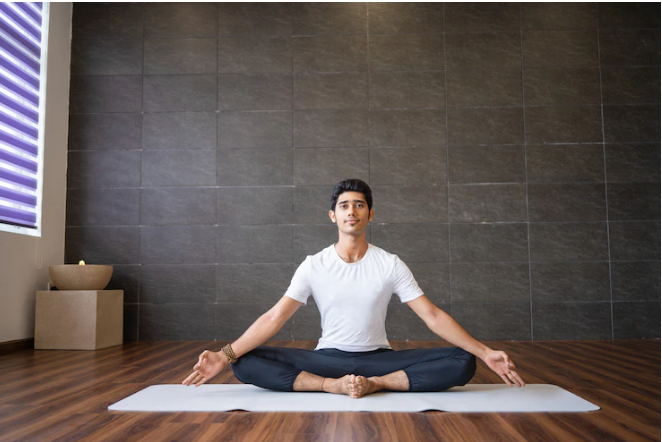Frozen shoulder is a condition that can cause pain and stiffness in the shoulder joint. The condition is also known as adhesive capsulitis or peri arthritis shoulder.
How do you want to get your shoulder back in the game? If you don’t want to risk becoming sidelined, it’s best to start doing exercises as soon as possible. And that’s where I come in.
If you’re looking for exercises for frozen shoulders, then you’ve come to the right place! In this blog post, I’m going to share with you some of the best exercises that you can do to help relieve the pain and stiffness associated with this condition.
But before we get into the exercises, let’s first take a quick look at what a frozen shoulder is and what causes it. Basically, a frozen shoulder is a condition wherein the shoulder joint becomes stiff and painful, making it difficult to move the arm. It usually affects people between the ages of 40 and 60, and the cause is often unknown.
Now, let’s get into the exercises. These are just a few of the many exercises that you can do to help relieve the pain and stiffness of a frozen shoulder. Be sure to consult with your doctor or physiotherapist before starting any of these exercises, and always listen to your body. If something doesn’t feel right, stop doing the exercise and consult with your healthcare professional.
What is the best exercise for a frozen shoulder?
- Pendulum exercise: This is a simple exercise that you can do sitting or standing. Let your arm hang down by your side, and then use your other hand to help move your arm in a circular motion.
- Shoulder shrugs: Stand up straight with your feet shoulder-width apart, and then raise your shoulders up towards your ears. Hold for a few seconds, and then slowly release back down.
- Arm circles: Stand up straight with your feet shoulder-width apart, and then raise your arms out to the sides. Slowly make small circles with your arms, and then gradually make the circles larger.
- Doorway stretch: Stand in a doorway with your arms at shoulder level. Step forward with one foot, and then lean your body forward until you feel a stretch in your chest and shoulders. Hold for a few seconds, and then release.
- Wall Angels: Stand with your back flat against a wall, and then raise your arms up so that they’re parallel to the ground. Slowly lower your arms down the sides of your body, and then back up again.
These are just a few of the many exercises that you can do to help relieve the pain and stiffness of a frozen shoulder. Again, be sure to consult with your doctor or Best Physiotherapist in Agra before starting any of these exercises, and always listen to your body. If something doesn’t feel.
Is Physiotherapy Effective for Frozen Shoulders?
A frozen shoulder is a condition in which the shoulder joint becomes stiff and painful. It can make it difficult to move your arm. The condition is also called adhesive capsulitis. Frozen shoulder usually affects people aged 40 to 60 years. Women are more likely to be affected than men.
The condition is thought to occur when the connective tissue around the shoulder joint becomes inflamed and thickened. This makes the shoulder capsule (the connective tissue around the shoulder joint) tighter. The condition is often slow to develop. Symptoms may come on gradually and worsen over time.
There is no single known cause of frozen shoulder. However, the following factors have been linked to the condition:
- Age – frozen shoulder is more common as you get older.
- Gender – frozen shoulder is more common in women than men.
- Diabetes – people with diabetes are more susceptible to frozen shoulders.
- Trauma to the shoulder – an injury to the shoulder (such as a fall) can trigger the condition.
- Surgery – frozen shoulder is a common complication following surgery to the shoulder or arm.
Physiotherapy is often recommended as the first line of treatment for frozen shoulders. The aim of physiotherapy is to reduce pain and stiffness and improve the range of motion in the shoulder joint. Treatment typically involves a combination of exercises, manual therapy (massage, mobilization), and electrical modalities (ultrasound, TENS).
A recent systematic review found that physiotherapy is effective in treating frozen shoulders. The study found that physiotherapy can significantly improve pain, range of motion, and function in people with frozen shoulders.
If you are suffering from frozen shoulders, make an appointment with your local Physiotherapist in Agra. They will assess your problem and develop a treatment plan to help your recovery.
There is evidence to suggest that physiotherapy can be effective for treating frozen shoulders. A review of studies found that physiotherapy can reduce pain and improve function in people with frozen shoulders. Best Physiotherapy in Agra treatments for frozen shoulders may include exercises, massage, and electrical stimulation. Some studies have found that a combination of these treatments is more effective than any one treatment alone.




